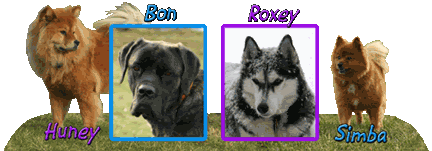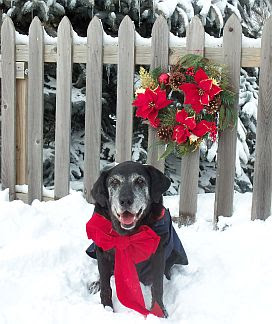I think Dr,. Goodnow and Giselle have stated things very well. Cesar uses force training techniques. In other words, he adds punishment to his training. I, personally, use very little punishment in my training. My dogs work for me not out of fear, but out of a desire to please me and have fun. My training is a blast for my dogs. Just tonight, I was on the sofa watching TV, and I said something about "work." My sheltie about came out of his skin in excitement thinking we were going to go in the backyard to "work" (ie train). They live for it. They love it. Dogs trained with punishment do it to avoid punishment, not out of joy. My dogs do it for fun and love.
Cesar has pushed training back 20 years because we USED to use those methods (myself included). Those of us from those days see what Cesar is doing and know the results. Sure, they work. We used to use them. No, the end result isn't better because the dogs aren't working in joy. They're working in fear.
It is basically the old methods wrapped up and glitzed up for a new century. I'm very saddened he has gotten popular. It's made my job as a profesional trainer much more difficult!!
MACH Aslan RE, MX, MXJ, EAC, EJC, OCC, Wv-N, TN-N, TG-N, R-SN, J-SN, R2-CL, CGC, TDI, FFX-AG (five year old sheltie)
Jericho OA, NAJ, R1-MCL, CGC, FFX-AP (three year old sheltie)
Laika NAJ, CGC (nine year old retired American Eskimo)
I've been defrosted.






 Reply With Quote
Reply With Quote



 Merry Holidays to One an All Blessed be
Merry Holidays to One an All Blessed be 
 Huney, Bon & Simba-missed so very much
Huney, Bon & Simba-missed so very much







Bookmarks